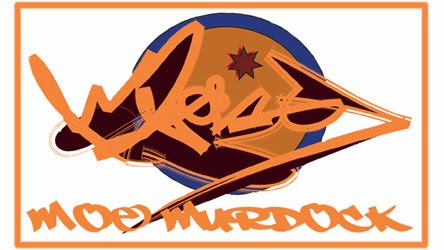In college I was desperate to figure out what it was I was going to do. I remember feeling so much pressure to figure it to and make a choice and “decide”. I however was at a total loss. I felt a lot of pressure from my parents to pick business, but in my soft idealistic brain, I wanted to be an artist and go to art school. As freshman and sophomore year drew to a close, time got short and classes were super expensive. I decided to go with a business degree, a decision which in the end I am thankful for, but there is more….
I finished college, moved back home and took classes at SVA (which I was in love with at the time). When I took my first animation class, I realized it was a monumental pain in the a$$. Imagine drawing and drawing and drawing for hours only to have 2 to 3 seconds* of animation. WTF. Nope. So I hit a brick wall and decided to hang it up for a while and get a job and save money.
As I got my first job, I picked up and put down the artwork for a long long while . Then one day I picked up a digital arts magazine and (I think it was Imagine EFX) and was floored. It was like seeing an old girlfriend and reconnecting with her again. I was taken by the desire to start creating and I did just that. I looked at all the art blogs and artist sites and, read magazines, and tried to dissect “how” they made such amazing art work. I bought a Wacom tablet and practiced continuously and slowly improved.
One day while watching an artist being interviewed I heard a quote that really stuck and resonated with me. It went something like “You can still be a great artist, and don’t have to be a professional or try to make a living off of it. It’s not for everyone.” I finally** realized I didn’t want to be a professional artist anymore, but I still loved the art form and creating work. You can get the biggest answer from the smallest moments sometimes. I was finally let off some large massive hook that’d been following me around for years. I didn’t have to study art and** build a business etc. Because being a professional artist means just that, you are spending a lot of time building infrastructure to market and promote yourself. I can just make art and become really great at it.
It took a long road to get to that learning moment. Had I done it the other way I might have come to the same decision but had a much rougher time figuring that out. If I did go to art school, I would have [possibly] burned out, and not* put in as much hard work into honing my craft. The work in building a business would have taken away from the love of creating. This is not something that I could have seen at the time.
Sometimes in life you take the long way around to get the lessons that you need to move forward.
So no I am not a professional freelancer nor do I want to be one anymore, not really. I do* want to be a great artist, and the balance I have discovered gives me the freedom to pursue that joyfully. Whatever you decide to do I wish you the same fruitful discovery.
